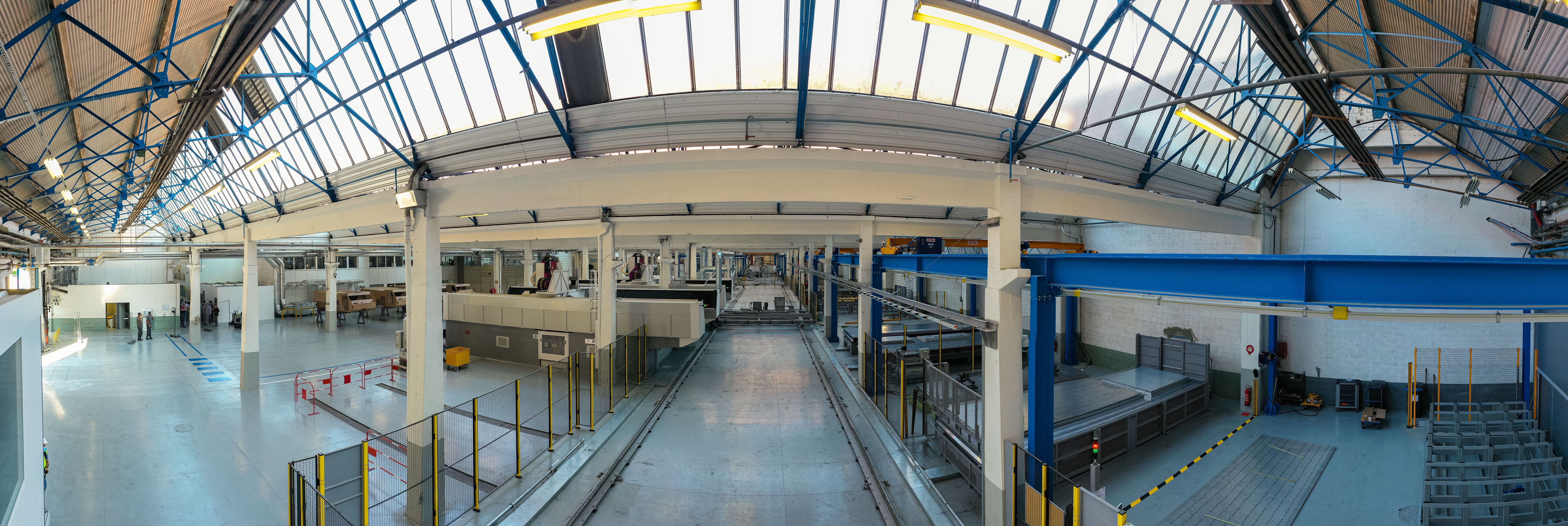The site now houses new state-of-the-art tooling that will increase its production capacity to meet the Army's need to renew its vehicles and machines.
The HSM area uses a machining technique that achieves cutting speeds several times higher than those of conventional machining. This speed induces physical phenomena that spare the tool and the machined part. This results in better industrial yields.
To date, two machines have been installed and are operating. Eventually, two more will be installed for a total of four. The HSM area will be able to cut and drill the thick sheet metal plates required for the production of aluminum hulls, which are used to protect the soldiers from damage. The capacity of this new HSM island will eventually allow the production of the parts required for the 450 or so vehicles to be delivered per year from 2025 onwards. This high-speed vehicle island represents nearly one third of the 60 million euros invested in the Roanne site modernization project called "Nextfab". Nextfab's objective is to triple its annual vehicle production capacity by 2025. To achieve this, the site is to be extended by 12,000 m² and 70% of the existing surface is to be redesigned. The project will provide new capacity for production, testing facilities, logistical support, customer support activities and staff training.





